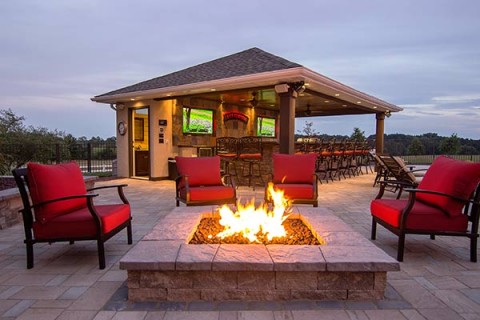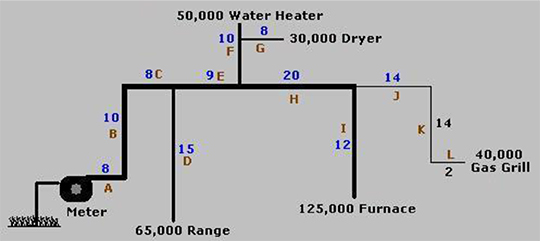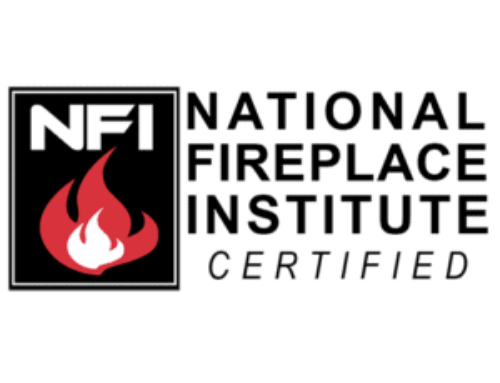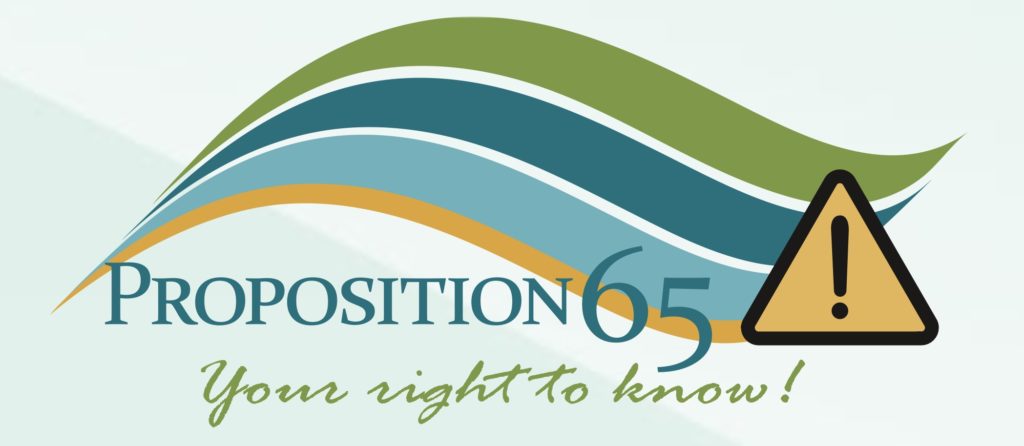
What to look for when dealing with Gas Fire Pit Gas Lines?
In today’s HPC Fire Inspired™ Tech Talk we are going to talk about the proper planning of gas fire pit lines. There are many factors that go into a successful gas fire pit installation, but proper planning of the gas line is arguably the most important.
Here are 5 key components to consider when planning (line type and size) distance of the main gas source to fire pit:
- Proper gas system pressure
- Type of Gas
- Maximum required BTU of Appliance
- Length of run from the meter to the fire feature
- Type of Piping

- You will also want to remember the following points during the planning of your fire pit gas lines:
- Gas Type – CSA Inserts all based on ½ lb. pressure
- Natural, most common
- Minimum of 3.5″ W.C. and maximum 7.0″ W.C. (Lighter than Air)
- Liquid Propane/Propane or LP
- Minimum 8.0″ W.C. and a maximum of 11.0″ W.C (Heavier than Air)
- Natural, most common
- Fire Pit BTU rating – 40K ~ 400K
- Consider average high-end gas grill, 25K ~ 60K BTU
- Verify Gas Line Sized correctly
- Consider average high-end gas grill, 25K ~ 60K BTU
20lb. BBQ LP Tanks, Verify Small Tank CertifiedRemember, HPC has a full line (400+ products) that are CSA Certified as well as a full team of NFI Certified Technicians that can help you design and/or troubleshoot your gas fire pits. You can relax around your gas fire pits knowing that you are following the guidelines laid out in these HPC Fire Inspired™ Tech Talks.Check back next week when we talk about the safety of our Electronic Ignition (EI) units! - Gas Type – CSA Inserts all based on ½ lb. pressure





